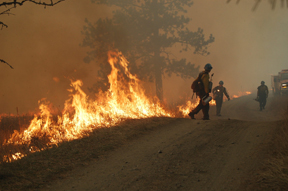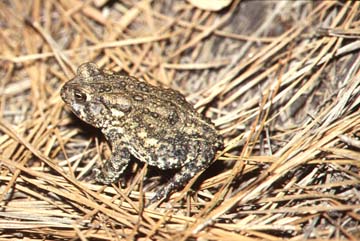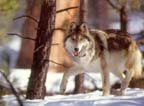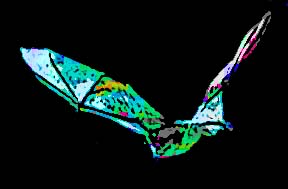 After the Wallow Fire, Arizona’s largest wildfire, burned 538,000 acres, a half-dozen biologists lead by Northern Arizona University researchers came in to study bats’ reaction to the changed ecosystem, an article in Bats Magazine, the magazine of Bat Conservation International, says.
After the Wallow Fire, Arizona’s largest wildfire, burned 538,000 acres, a half-dozen biologists lead by Northern Arizona University researchers came in to study bats’ reaction to the changed ecosystem, an article in Bats Magazine, the magazine of Bat Conservation International, says.
It was no surprise that the team found that bats prefer unburned habitat to burned habitat. It was a little surprising that while bats generally avoided burned over areas, they would roost in burned snags. How burned a particular tree is compared to the other trees in the area seems to play a role in which burned snags are chosen as roosts.
The study will continue this summer.
Read more about the study and the bats’ roost selection criteria in the article in Bats Magazine article “Bats in the Burns,” here.
Photo: Photoshopped bat art, from US Fish and Wildlife Service photo of a gray bat

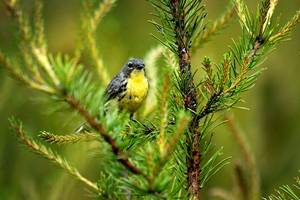
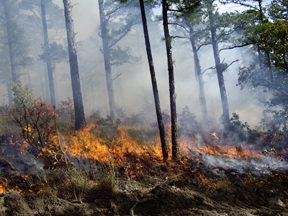 Many ecosystems depend on fire. While wildfires devastate the human landscape, usually wildlife doesn’t fare too badly. If a species is rare because of habitat loss, it may suffer when a wildfire changes that habitat, but mostly, on the population level and in the long term, wildlife does OK.
Many ecosystems depend on fire. While wildfires devastate the human landscape, usually wildlife doesn’t fare too badly. If a species is rare because of habitat loss, it may suffer when a wildfire changes that habitat, but mostly, on the population level and in the long term, wildlife does OK.